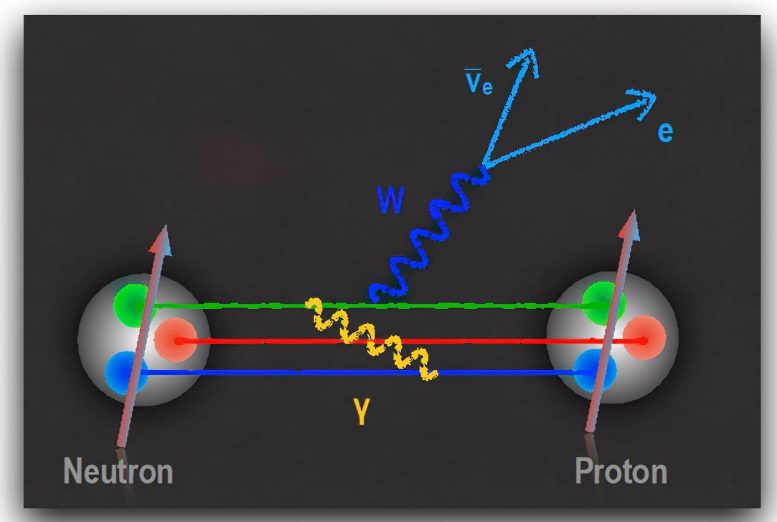
A spinning neutron disintegrates into a proton, electron, and antineutrino when a down quark in the neutron emits a W boson and converts into an up quark. The exchange of quanta of light (γ) among charged particles changes the strength of this transition. Credit: Image courtesy of Vincenzo Cirigliano, Institute for Nuclear Theory
New Insights on the Interplay of Electromagnetism and the Weak Nuclear Force
Nuclear theorists have discovered a major effect in neutron decay related to weak and electromagnetic forces interaction. This finding alters our understanding of neutron decay and signals the need for high-precision computations of electromagnetic effects. It also impacts the search for phenomena that could restore mirror-reflection symmetry in the universe.
The Science
Outside atomic nuclei, neutrons are unstable particles, with a lifetime of about fifteen minutes. The neutron disintegrates due to the weak nuclear force, leaving behind a proton, an electron, and an antineutrino. The weak nuclear force is one of the four fundamental forces in the universe, along with the strong force, the electromagnetic force, and the gravitational force. Comparing experimental measurements of neutron decay with theoretical predictions based on the weak nuclear force can reveal so-far undiscovered interactions. To do so, researchers must achieve extremely high levels of precision. A team of nuclear theorists has uncovered a new, relatively large effect in neutron decay that arises from the interplay of the weak and electromagnetic forces.
The Impact
This research identified a shift in the strength with which a spinning neutron experiences the weak nuclear force. This has two major implications. First, scientists have known since 1956 that due to the weak force, a system and one built like its mirror image do not behave in the same way. In other words, mirror reflection symmetry is broken. This research affects the search for new interactions, technically known as “right-handed currents,” that, at very short distances of less than one hundred quadrillionths of a centimeter, restore the universe’s mirror-reflection symmetry. Second, this research points to the need to compute electromagnetic effects with higher precision. Doing so will require the use of future high-performance computers.
Summary
A team of researchers computed the impact of electromagnetic interactions on neutron decay due to the emission and absorption of photons, the quanta of light. The team included nuclear theorists from the Institute for Nuclear Theory at the University of Washington, North Carolina State University, the University of Amsterdam, Los Alamos National Laboratory, and Lawrence Berkeley National Laboratory.
The calculation was performed with a modern method, known as “effective field theory,” which efficiently organizes the importance of fundamental interactions in phenomena involving strongly interacting particles. The team identified a new percent-level shift to the nucleon axial coupling, gA, which governs the strength of decay of a spinning neutron. The new correction originates from the emission and absorption of electrically charged pions, which are mediators of the strong nuclear force. While effective field theory provides an estimate of the uncertainties, improving on the current precision will require advanced calculations on Department of Energy supercomputers. The researchers also assessed the impact on searches of right-handed current. They found that after including the new correction, experimental data and theory are in good agreement and current uncertainties still allow for new physics at a relatively low mass scale.
Reference: “Pion-Induced Radiative Corrections to Neutron β Decay” by Vincenzo Cirigliano, Jordy de Vries, Leendert Hayen, Emanuele Mereghetti and André Walker-Loud, 12 September 2022, Physical Review Letters.
DOI: 10.1103/PhysRevLett.129.121801
This research was supported by the Department of Energy Office of Science, Office of Nuclear Physics; the Laboratory Directed Research and Development program at Los Alamos National Laboratory; the National Science Foundation; and the Dutch Research Council.

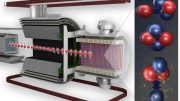
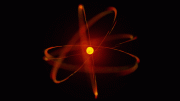
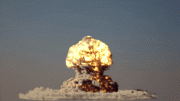
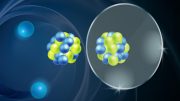
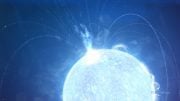
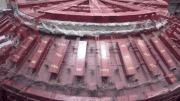

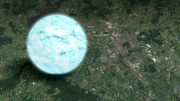
Mirror reflection symmetry is broken. This research affects the search for new interactions. According to the gravitational field theory of topological vortices, topological vortices and their twin anti vortices exhibit mirror reflection symmetry, the interaction and balance between them are the adjustment of system symmetry, not system symmetry breaking. Symmetry-Readjusted is more in line with natural laws than Symmetry-Broken.
It is vital for scientific research to explore and understand how the symmetry of the system is adjusted and causes local symmetry changes (so-called Symmetry-Broken).
There is no “gravitational field theory of topological vortices”. Topological vortices are possible in scalar fields.
“This research affects the search for new interactions, technically known as “right-handed currents,” that, at very short distances of less than one hundred quadrillionths of a centimeter, restore the universe’s mirror-reflection symmetry.” This is optimistically written as if you wish for an effect that may not be there.
These currents *may* exist to restore the symmetry if it isn’t fundamentally broken. But the paper describe that as potential physics beyond the standard model.